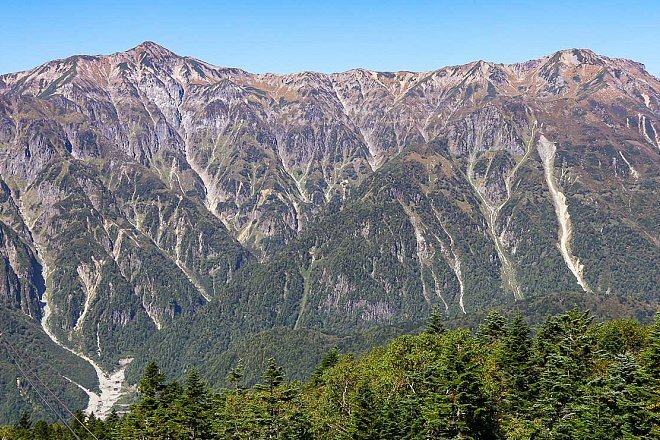The following itinerary is the third day of a 4-day road trip through Central Japan.
Picking up where I left on Day 2, I begin my third day bidding Achi Village farewell and heading west. Today's trip would take me to Inuyama to see its castle, Mino to check out their renowned Japanese washi paper and finally to Okuhida where I would spend the night in the rustic countryside.
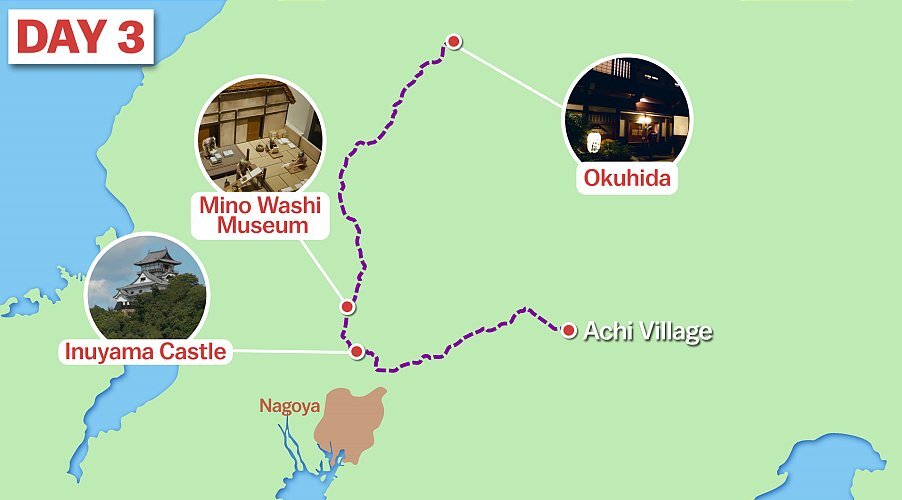
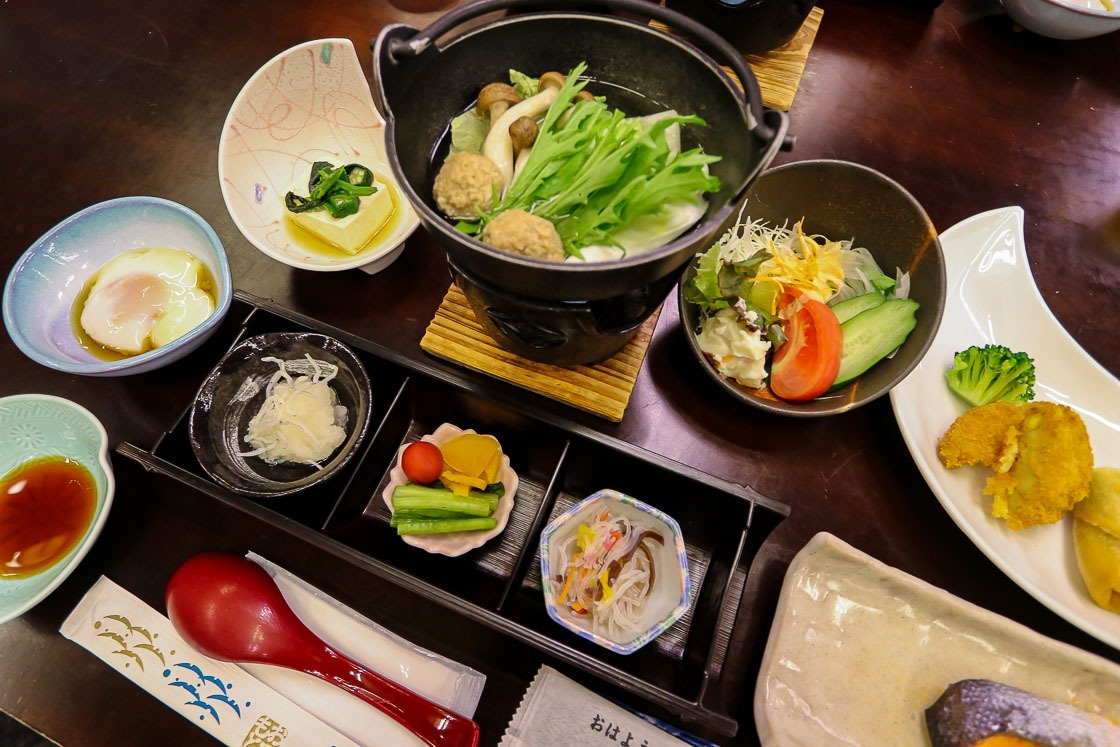
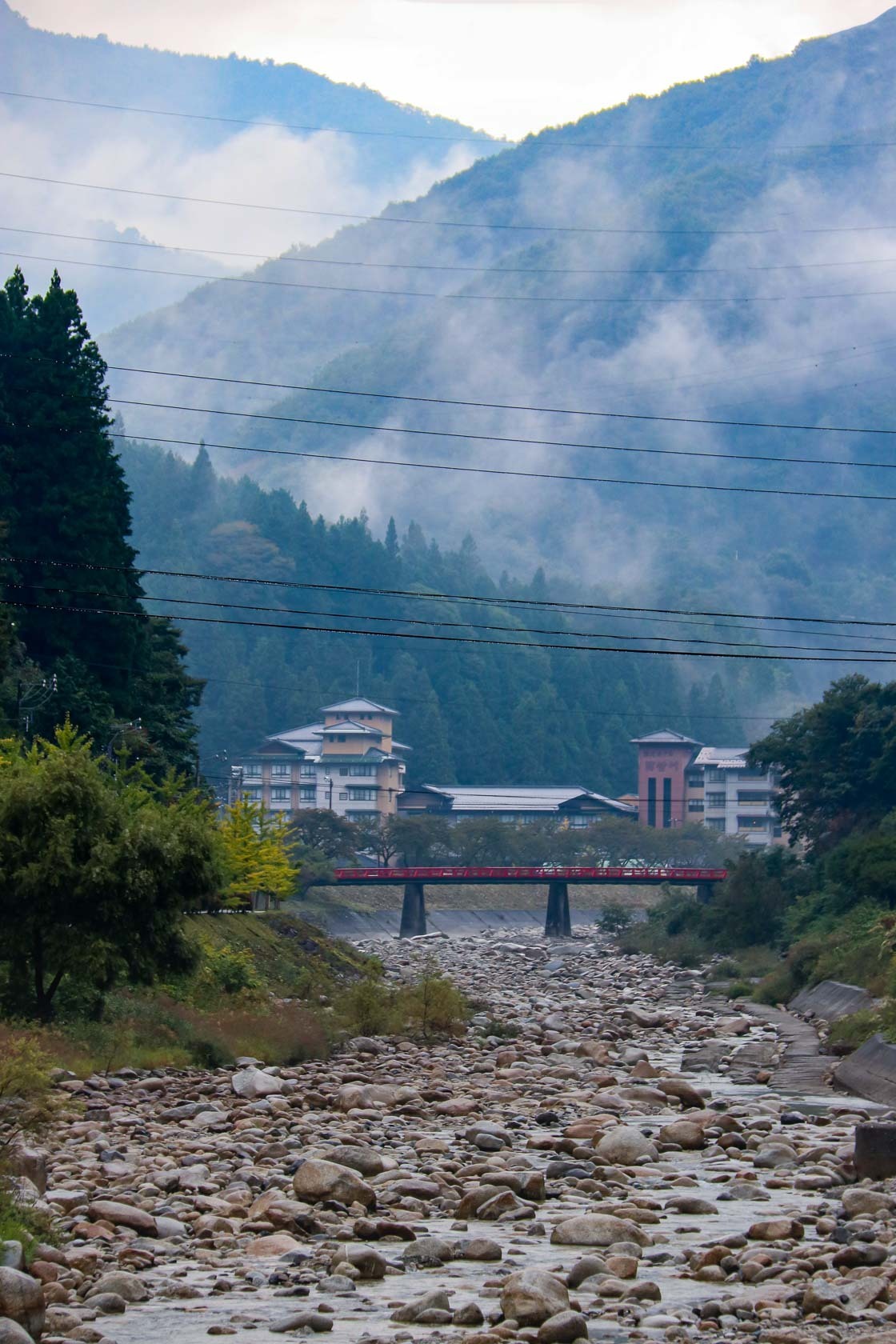
Inuyama Castle, Aichi Prefecture
Inuyama is about an hour north of Nagoya and best known for its castle, Inuyama Castle, which is one of the oldest wooden ones in Japan. Constructed in 1537, Inuyama Castle is built on a small hill that looks over the Kiso River. It is also one of twelve castle keeps in Japan that have retained their original construction since the feudal period, and is a national treasure.
Highlights not to be missed when visiting Inuyama Castle are the castle itself and the castle town, which has retained its look since the 16th century. I started my visit at the castle town, walking down the main street, which connects to Nagoya Castle in the south.
The castle town was where merchants and artisans plied their trade and businesses, and where the local samurai lived. Parts of that past can be seen today; shophouses from the 17th century flank the main street, creating an atmosphere reminiscent of the past as one walked towards Inuyama Castle. As I walked down the street, I couldn't help trying some of the local snacks particular to Inuyama.
From the castle town, I walked through the Sanko Inari Shrine, which is said to have been established in the late 16th century at the base of the castle. The shrine is a popular place to pray for love and matchmaking, and heart-shaped wooden votive boards can be seen there. As is a common sight at many Inari shrines across Japan, there are multiple vermilion torii gates at Sanko Inari Shrine which made for a scenic walk up to the castle.
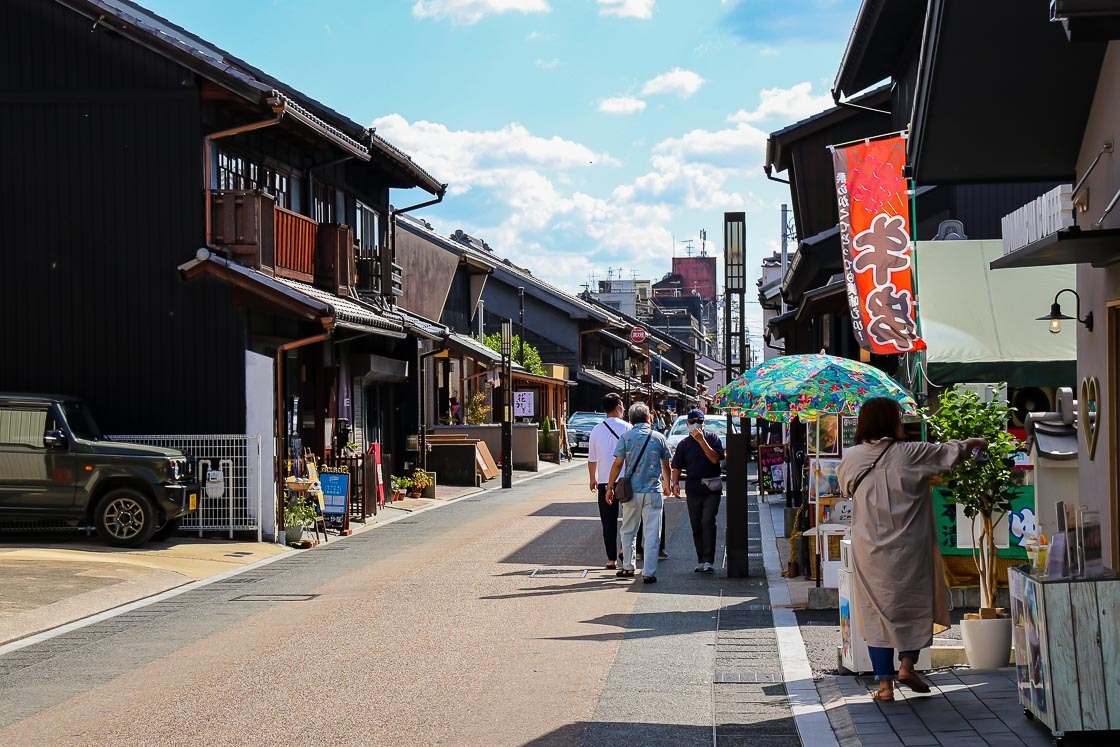
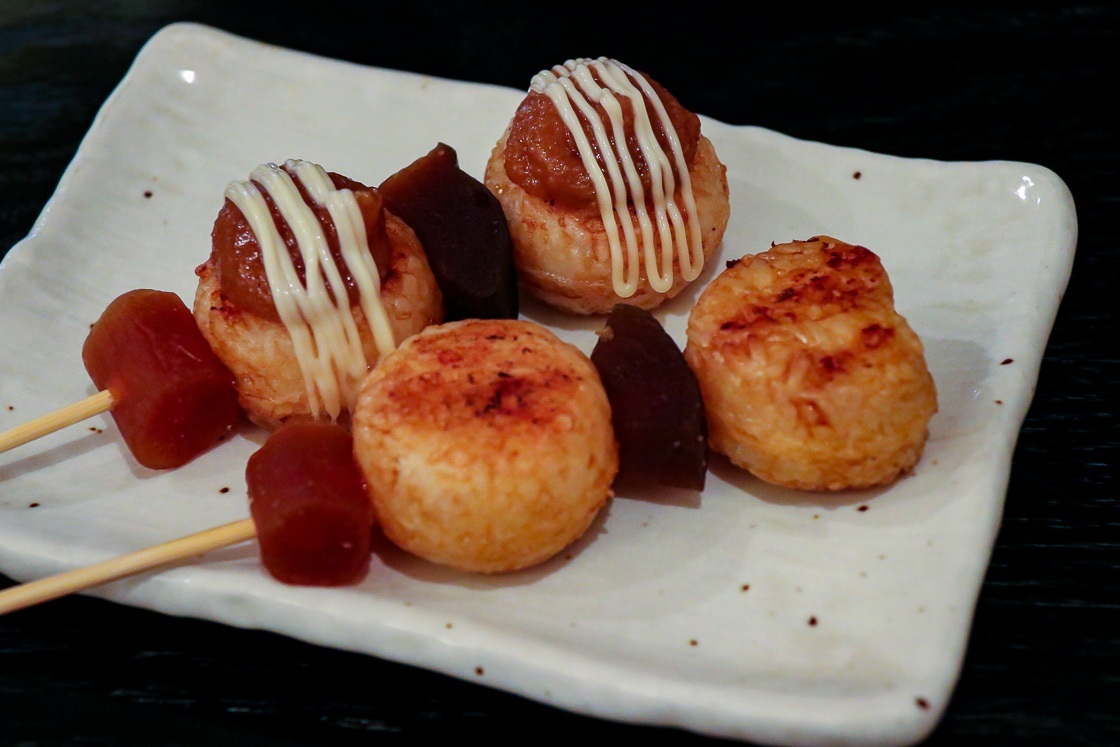
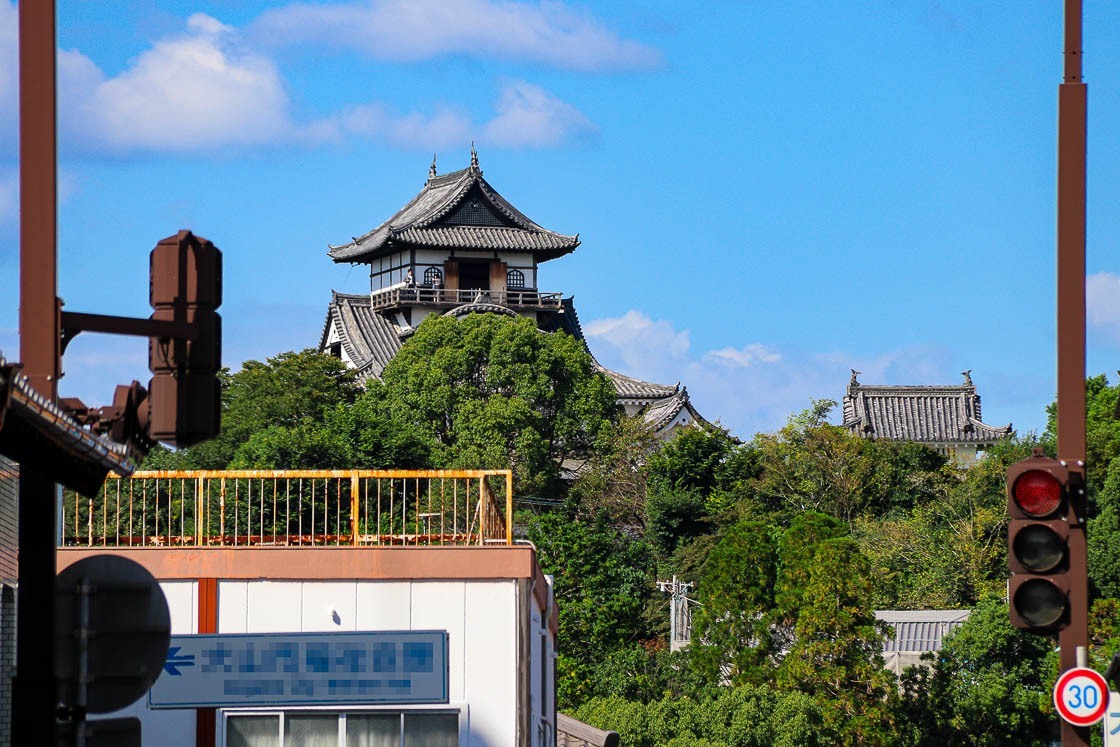
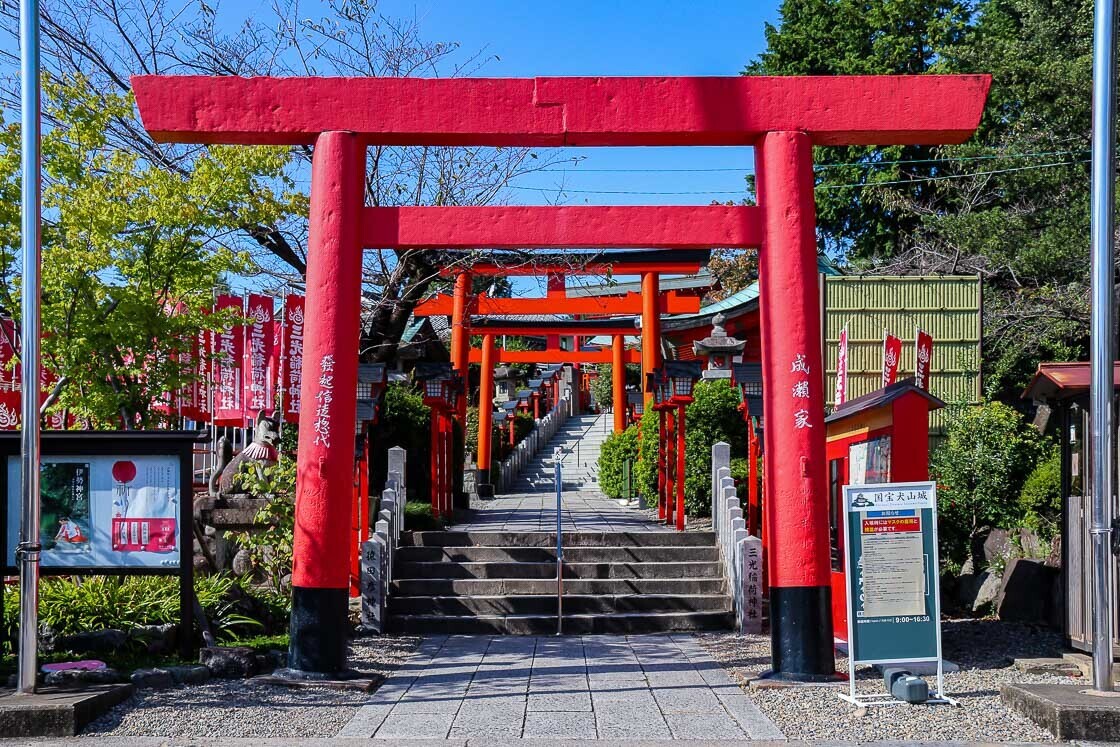
Unlike the reconstructed Nagoya Castle, which I saw on the first day of this trip, Inuyama Castle was comparatively small. However, its smaller size did not mean that this castle was any less interesting. Stone foundations and exposed wooden beams can be seen in the interior of the castle, giving one an excellent look at traditional castle design and architecture. I was personally impressed by the huge wooden pillars and support beams that have withstood the test of time, and a testament to the top skills of the craftsmen who built the castle centuries ago.
A highlight at Inuyama Castle is the top floor, which has an outdoor balcony going all around it. From the outdoor balcony, one can get panoramic views of the castle town, the Kiso River and the nearby mountains, and when the weather is clear, the skyscrapers of Nagoya. I spent some time soaking in the beautiful scenery and trying to commit everything to memory before leaving.
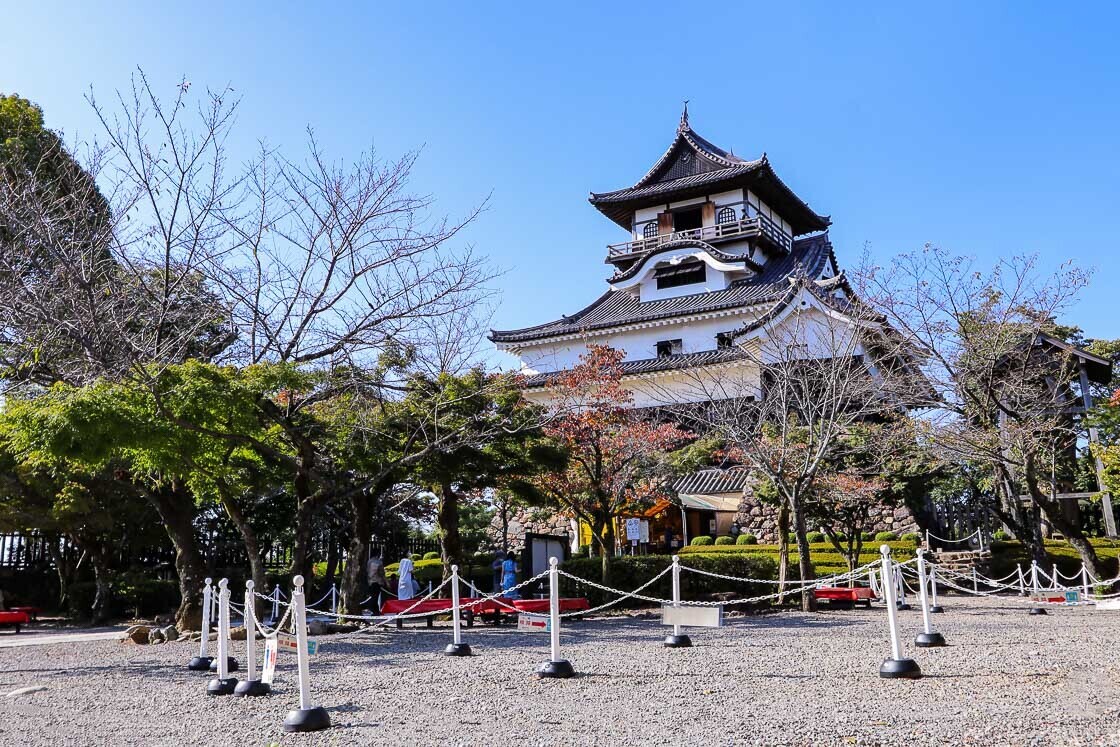
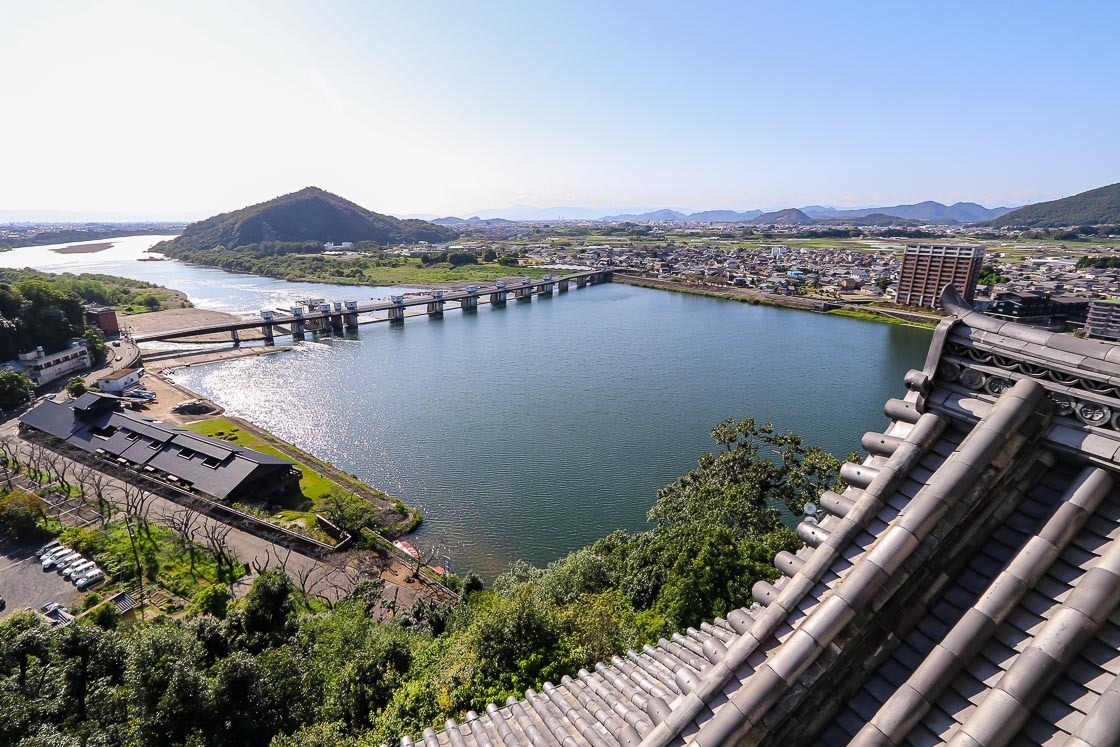

Mino Washi Museum, Gifu Prefecture
Next on my itinerary was the Mino Washi Museum. Washi or Japanese paper is made of tree bark fibers, and the art of making it is a traditional Japanese craft. Mino washi has been made in Mino, Gifu Prefecture, for over 1300 years. The oldest sample of Mino washi is preciously stored in the Shosoin Storehouse in Nara Prefecture on the grounds of the massive Todaiji Temple, and a replica of it can be seen at the Mino Washi Museum.
The early uses of washi in Japan were for writing Buddhist scripts and sutra, and as its popularity spread, grew to include paintings and as coverings for wooden shoji doors. Mino washi has long been known for its high quality and was even presented as prized gifts. There were once over 5000 washi makers in Mino, but only about 30 remain today.

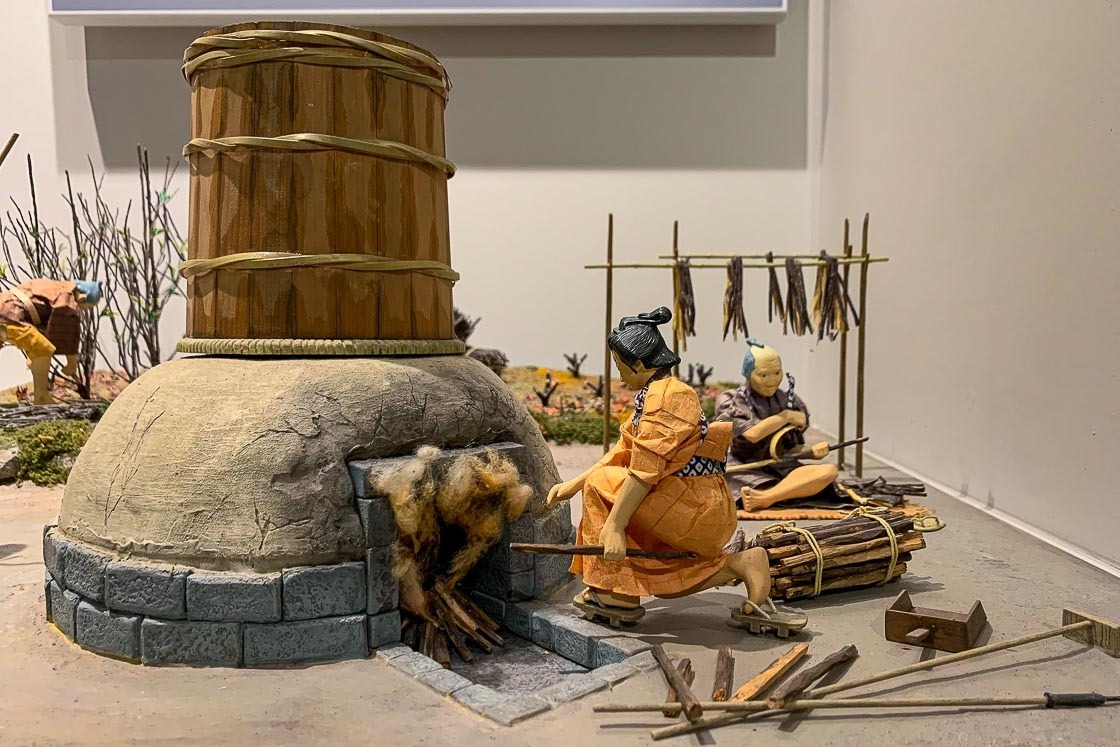

The three-story Mino Washi Museum has exhibitions on the top two floors, and a shop and a washi making area in the basement. The first floor takes one through the history of Mino washi and its production process, and the second floor exhibits the innovative uses of washi in modern times. I visited the museum and enjoyed learning about the process of making Mino washi through the dioramas, which were all made out of washi! I also loved seeing the creative modern uses of washi; there was a real wedding dress made out of washi as well as regular pieces which could be used at home.
Following that I headed to the basement level where my washi making activity was held. There are a variety of washi patterns to choose for the activity, and I got started after picking one. The activity included nagashizuki, which is a traditional way of scooping minuscule washi pulp, which is floating in a vat of water, using a wooden screen. The action of scooping the washi pulp onto the wooden screen determines the evenness and thickness of the paper, and I found that to be the most challenging part of the activity. However, under the watchful eyes of my teacher, I was able to complete the activity successfully.
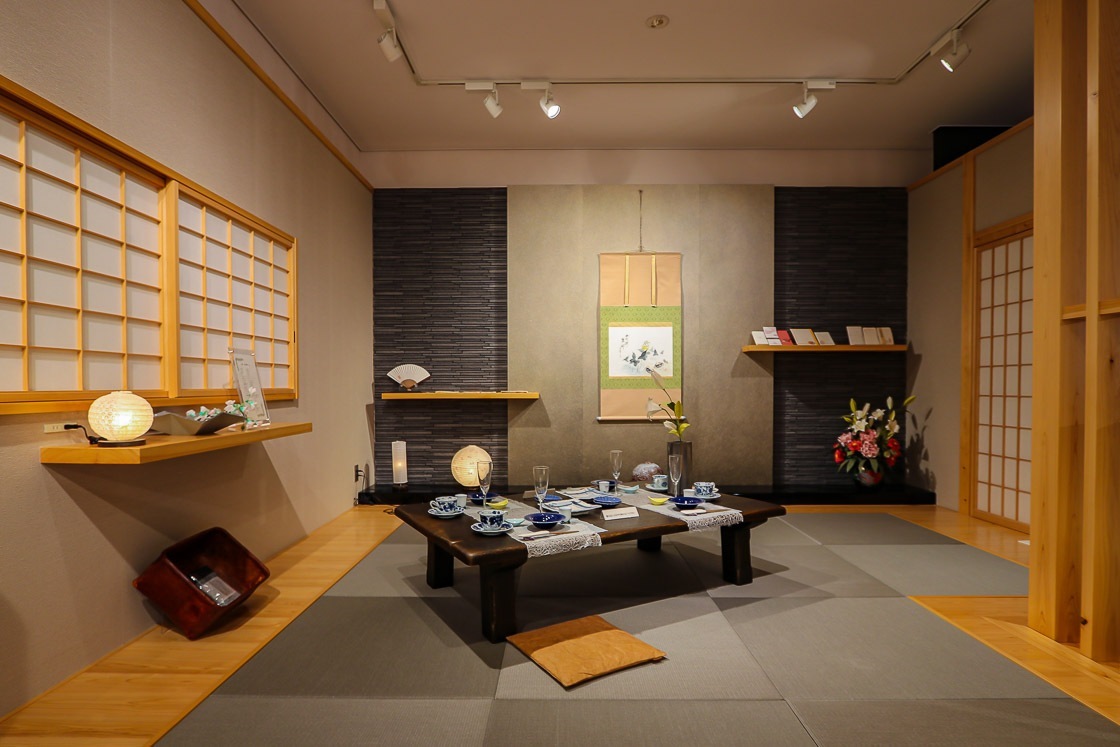
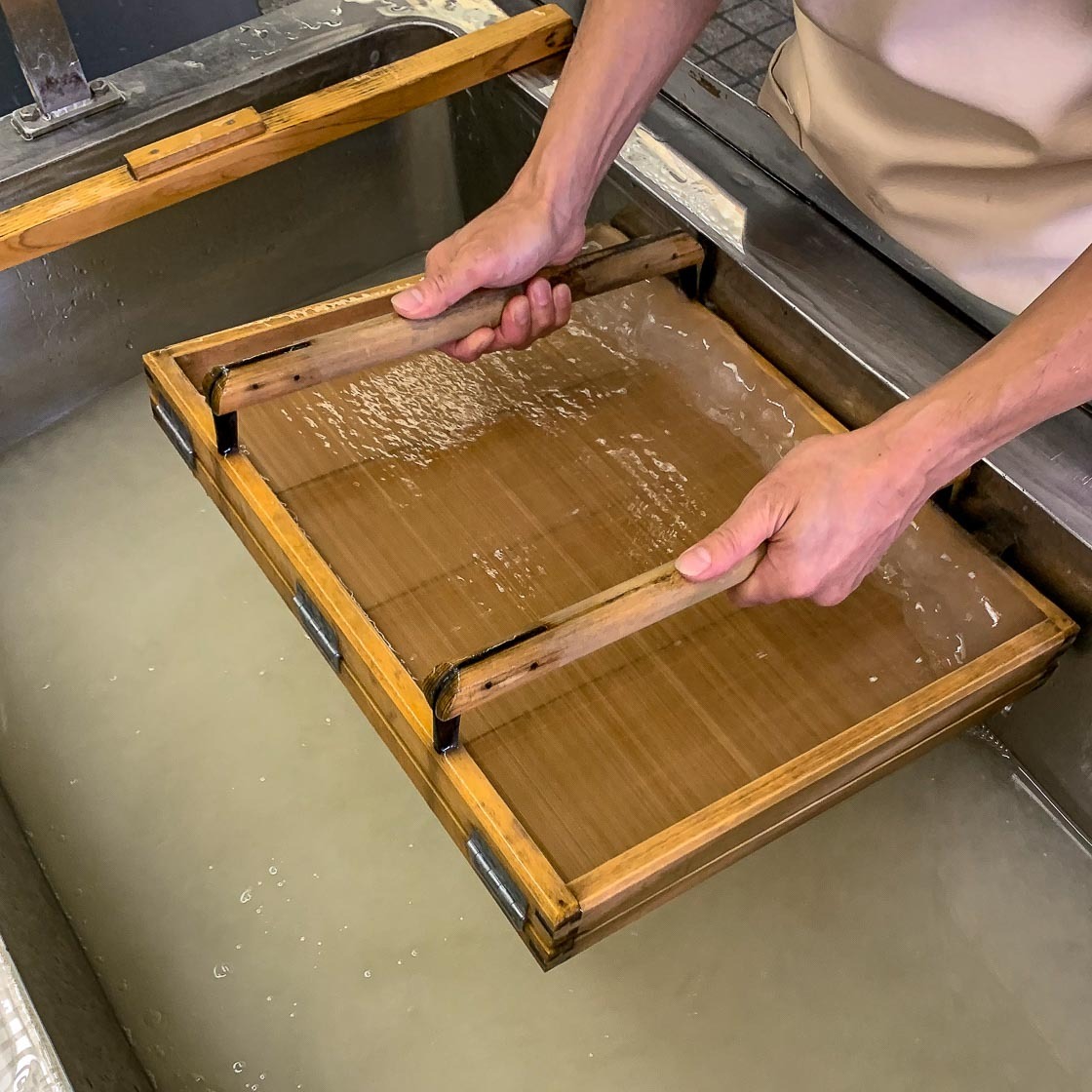
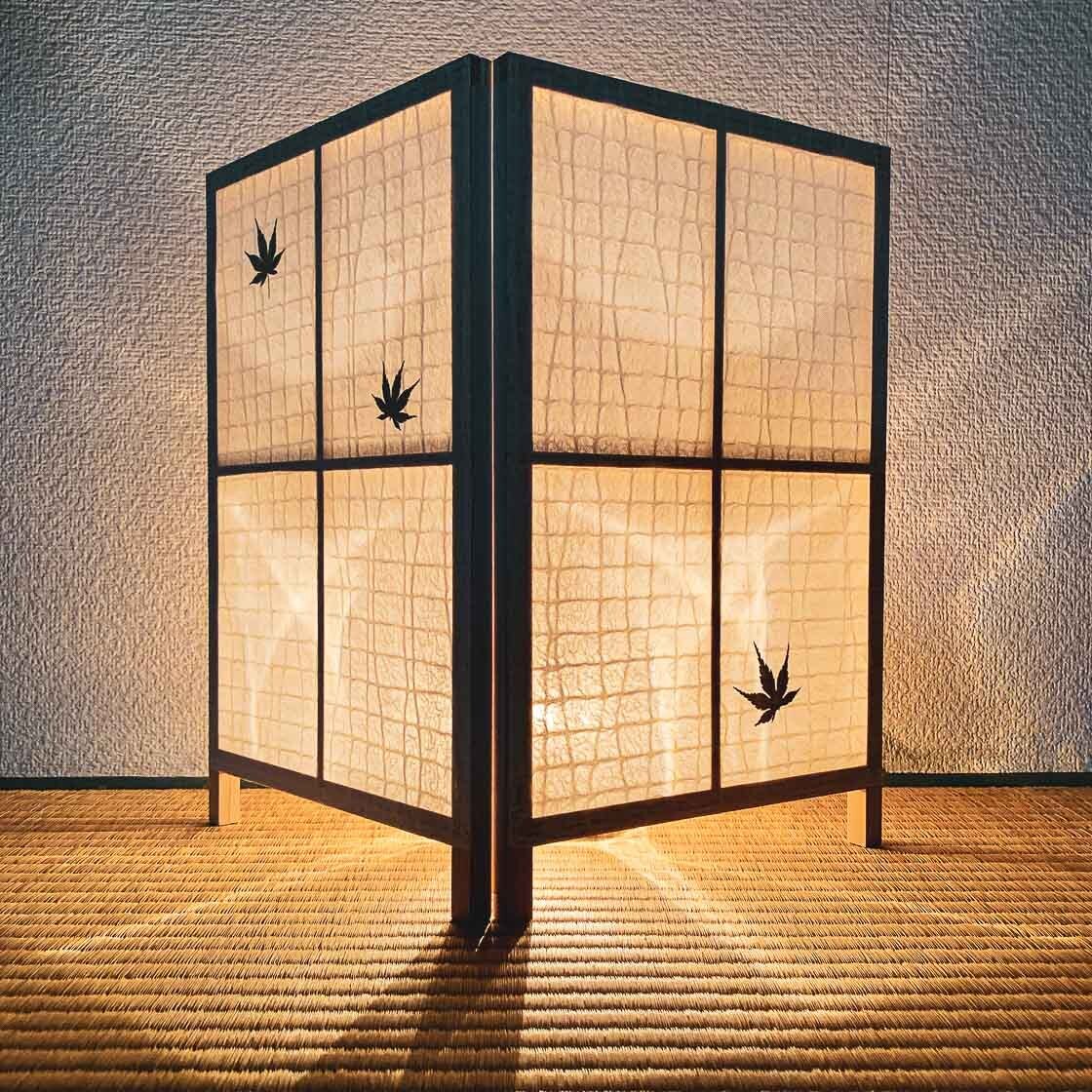
End of Day 3 in Okuhida
After the activity, I carefully packed my completed and dried washi paper in the car and headed to Okuhida, where I would spend my third and last night on this trip. Okuhida is a remote and mountainous region located in the Japanese Alps, and the area is known for its hot springs, rustic atmosphere and mountain scenery.
It was dark by the time I arrived at my accommodation in Okuhida, and I was ready for a nice hot bath and dinner. I was especially looking forward to dinner as it included robatayaki, which is food grilled over hot charcoal. The meal was outstanding, and I had a feast of local Hida wagyu beef, seasonal fruit and vegetables, and a variety of grilled food like fish and rice. I went to bed very full and happy, and looking forward to seeing the scenery the next day.
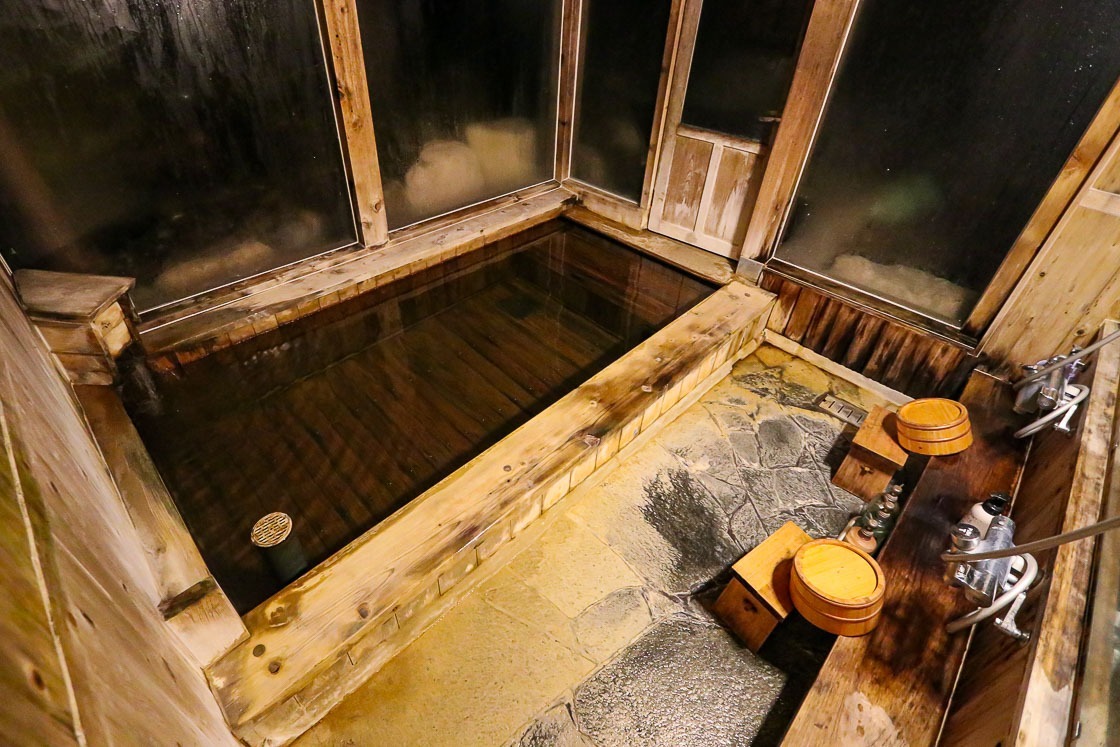

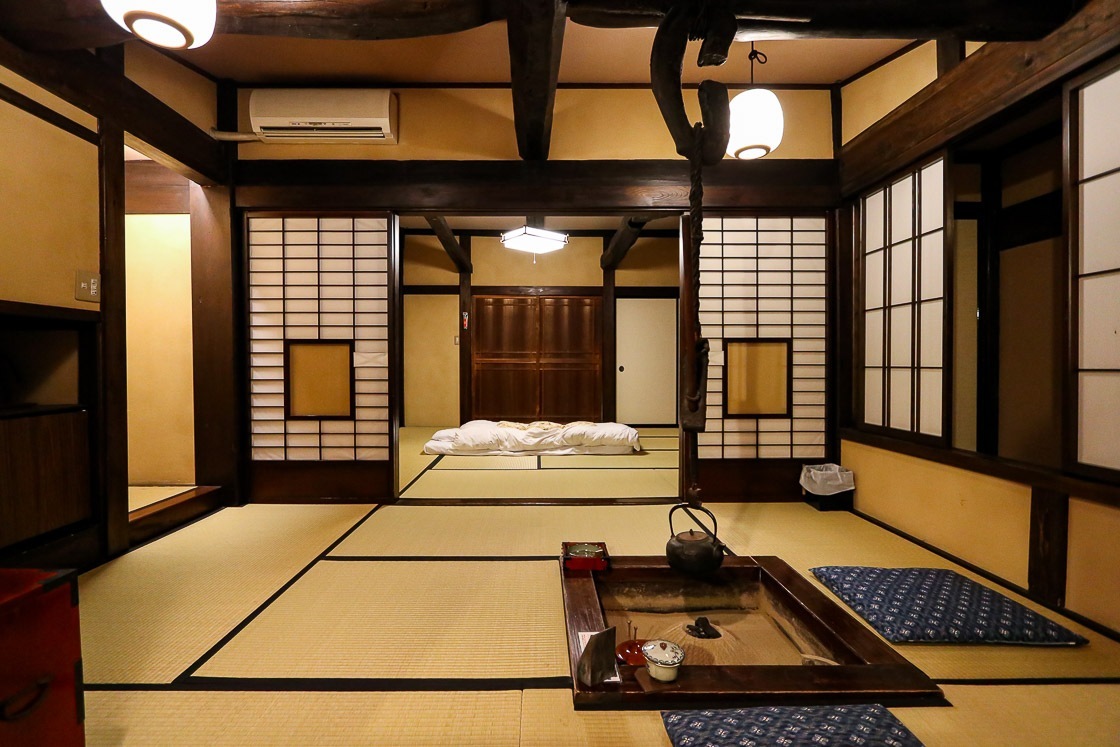
Access
The Central Nippon Expressway Pass is the best and most economical pass for overseas travelers who are planning to explore central Japan by car. The pass is an expressway toll card (ETC), which is to be inserted into the ETC reader in the car, and allows the holder to use the expressways in central Japan for a flat fee. This fee varies depending on the number of days the pass is valid for, which is from 2 to 14 days. Detailed information is available on the official website.
Approximate driving times
- Achi Village to Inuyama: 90 minutes
- Inuyama to Mino: 50 minutes
- Mino to Okuhida: 150 minutes



